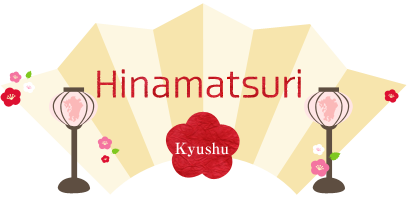- HOME
- HINAMATSURI
- Hirado matsurake Hina Dolls
Hirado matsurake Hina Dolls
- Duration period
- January 20, 2024~April 3, 2024
- Venue
- 12 Kagamigawacho, Hirado City
- Related links
- Website
- Other information
- <For inquiries>
TEL0950-22-2236 FAX0950-22-2281
<Transportation Access>
A five-minute walk from Hirado Pier Bus Terminal
The Princess Shin’s Hina dolls and Hina attributes are displayed in Matsura Historical Museum every year during the Hina Matsuri
This is a set of Hina dolls that was brought as a dowry when the daughter Matsudaira Sadanobu, a famous figure during the Kansei reforms, married to Hiromu Matsura, the 35th generation of the Matsura Clan, in 1808. This gorgeous set consists of 2 pairs of Keshi Hina Dolls and “Nashiji”, a collection of more than 100 miniature items made of gold-painted lacquer, such as beauty equipment, eating utensils, and writing equipment. In this modern era, Hina dolls are prepared when a baby girl is born, but during the Edo era, Hina dolls and equipment were miniatures of an actual endowment, especially in Daimyo’s families.
[Venue] Matsura Historical Museum
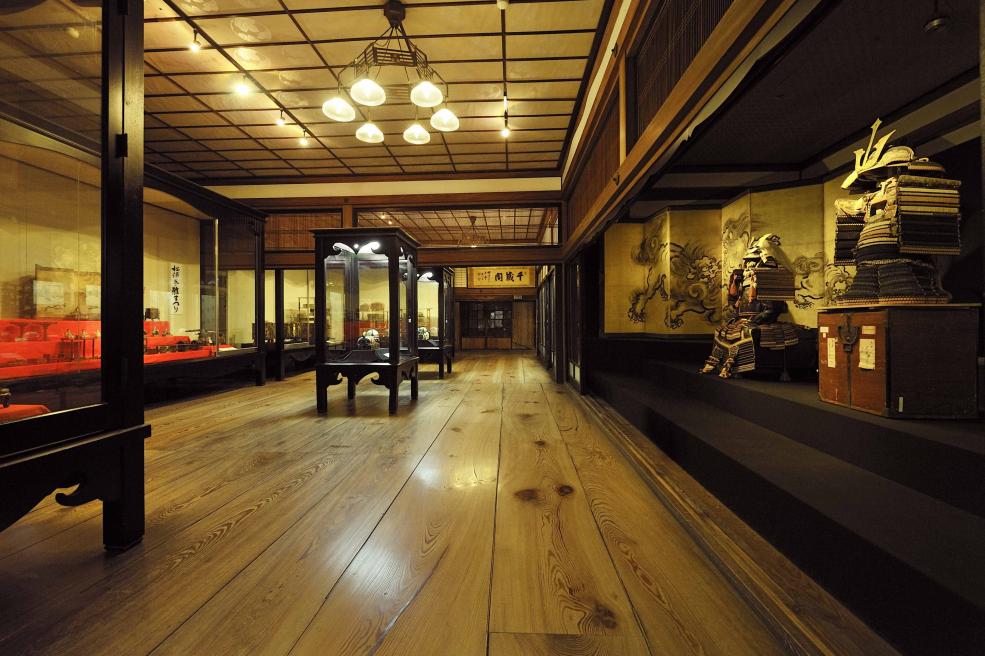
Exhibition Hall of Matsura Historical Museum
Located at the northwest region of Nagasaki Prefecture, Hirado is a castle town with a rich history, situated at the westernmost end of Japan’s land route. Hirado is the first Western trading port in Japan and is considered as a bridge that connects Japan to Western culture. The landscape that triggers emotions is still thriving, including numerous churches that indicated the spread of Christian faith after the visit of Francis Xavier.
The Matsura Historical Museum is a museum that maintains about 30,000 pieces of masterpieces that were passed down through generations in the Matsura family that ruled the Hirado Domain. The building is a former residence of the Matsura family that was built in 1893, and it is designated as a Prefecture-designated Tangible Cultural Asset. In the Edo era, the ruler of Hirado Matsura family who ruled the Hirado Domain (61,700 koku) had an ancient history that dates back to the Heian Era. Documents related to foreign trade and Christianity, ancient texts, as well as wedding gifts for the Daimyos, Hina tools, and others, are the treasures of that tell the 1000-year history of the Matsura family, which were handed down to the present-day Matsura Historical Museum.
Tea room ”Kan-un Tei” and Hyakkanozu
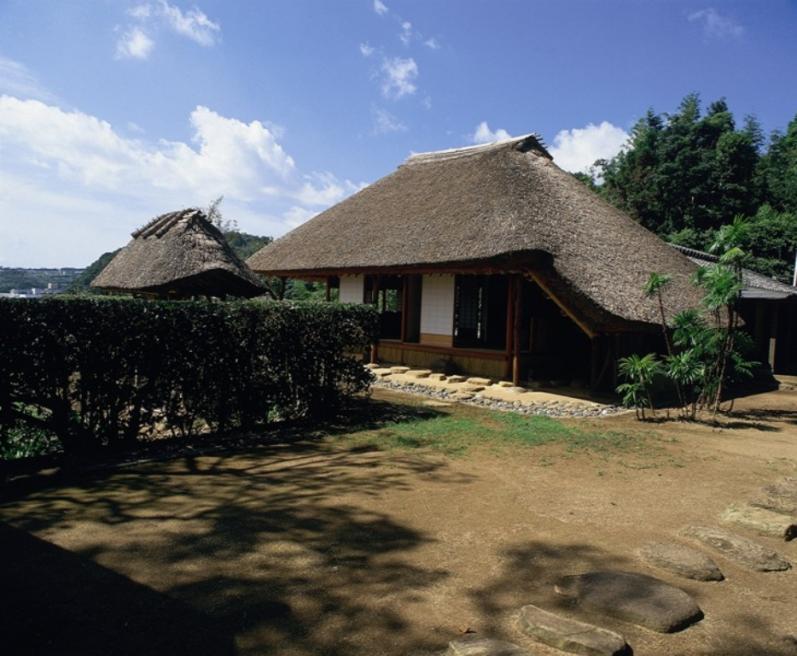
Tea room ”Kan-un Tei”
This tea room was build by the 37th head of the Matsura Family (Shingetsu) in 1893.
This pure and simple hut-style tea room was based on the imagination of Sen no Rikyu in a modest residential style of the ordinary rural people and was built using mostly natural materials.
The current Kan-un Tei was destroyed by a typhoon in 1977, and it took one year to rebuild it.
Moreover, the 35th head of the Matsura family, Hiromu, ordered two famous confectionery shops, Tsutaya and Sakaiya, which were located at the foot of Hirado Castle, to make 100 types of Japanese sweets, and painted the 100 sweets in vibrant colors in 1845. The book on which the names and recipes of those sweets are written is known as the ”Hyakkanozu”.
The Matsura Historical Museum and Tsutaya, which is still in business now, recreated 12 types of sweets from the Hyakkanozu. Please enjoy the Chinshinryu-style of tea ceremony, accompanied by a different kind of Japanese sweets each month.
Hirado Dutch Trading Post
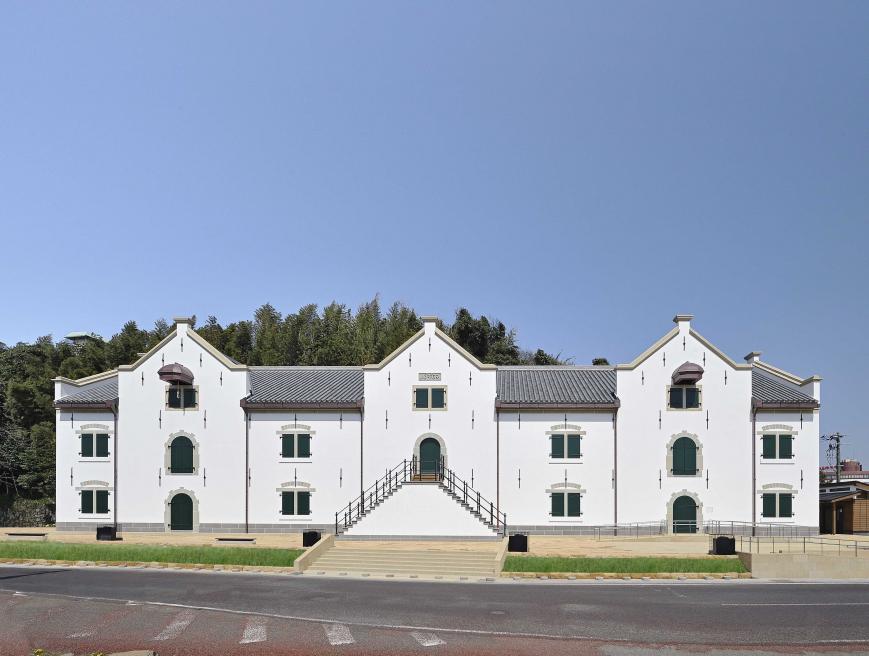
Hirado Dutch Trading Post
Address 2477 Okubocho, Hirado City
For inquiries TEL0950-26-0636 FAX0950-26-0638
Transportation Access A five-minute walk from Hirado Pier Bus Terminal
Opening hours 8:30~17:30
The Hirado Dutch Trading Post opened its doors on September 20, 2011. It is housed in a stone warehouse that was built in 1639. The building was faithfully reconstructed and restored according to the original building that was designated as ”The Hirado Dutch Trading Post Site”, a national historic site, in 1922. The Hirado Dutch Trading Post is a trading base in East Asia, built in Hirado by the East India Company that obtained permission from the Edo Bakufu to trade in 1609, with the cooperation of Shigenobu Matsura, the ruler of Hirado. Until it was moved to Dejima in 1641 due to the closed-door policy, the trading post played an important role in foreign exchanges between Japan and the Netherlands in commerce and daily lives. The restored Dutch Trading Post functions as a symbol of Hirado, where various activities to convey the history of foreign diplomacy and culture take place.
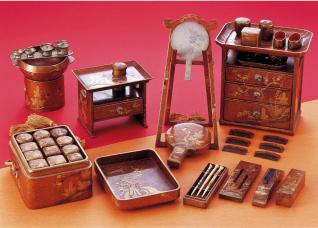
Hina tools
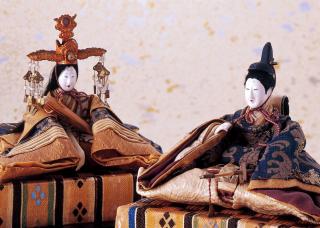
Hina dolls
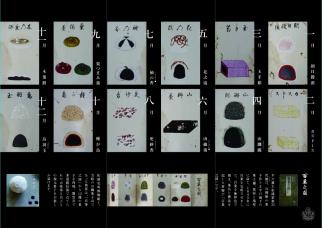
Japanese sweets reproduced based on Hyakkanozu
Surrounding Tourist Infomations
Surrounding Spots
In the case of the quota of data exceed the limit, Google maps may not display correctly. Thank you for your understanding.
Copyright © 2018 Kyushu Tourism Promotion Organization [ Japan ] All Rights Reserved.

